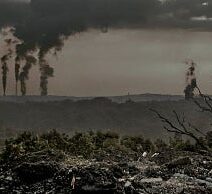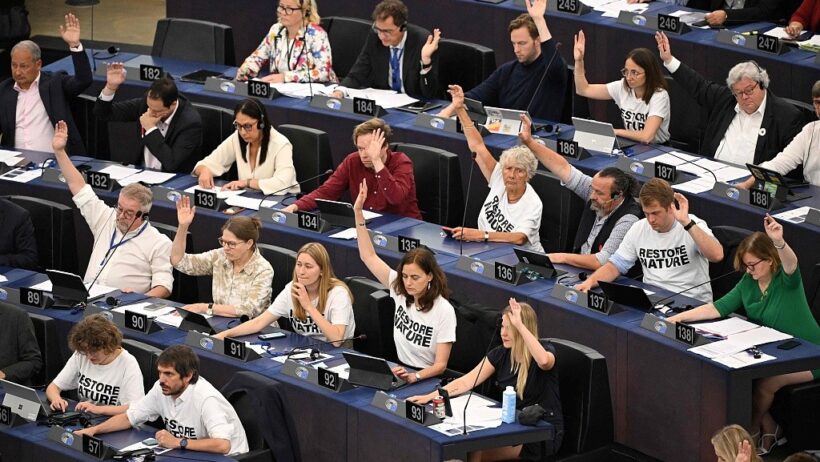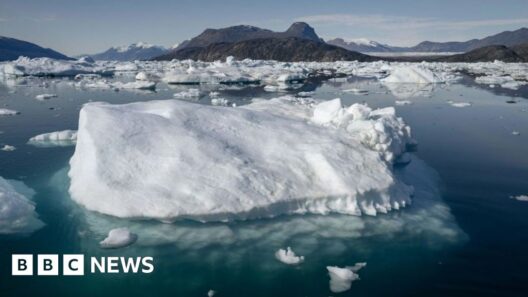Climate change is not a distant threat; it is an imminent crisis that demands immediate and decisive action. As the planet observes unprecedented weather patterns, rising sea levels, and catastrophic biodiversity loss, it becomes imperative to ask: how do we effectively combat this colossal challenge? The answer lies not only in systemic changes but also in individual commitment. Below are several critical areas that require urgent action.
To halt the progression of climate change, one must first understand its underlying causes, which primarily originate from human activity. A comprehensive approach that encompasses both mitigation and adaptation strategies is necessary.
Reducing Greenhouse Gas Emissions: The Hard Path to Sustainability
The foremost driver of climate change is the accumulation of greenhouse gases (GHGs) in the atmosphere, primarily carbon dioxide (CO2) and methane (CH4). These gases trap heat, leading to global warming. To counteract this, societies must pivot towards renewable energy sources such as wind, solar, and geothermal. Transitioning to electric vehicles also plays a pivotal role in reducing emissions from one of the largest contributors to climate change: transportation.
Moreover, industries must adopt cleaner technologies and improved processes. For instance, the agricultural sector needs to focus on sustainable farming practices that reduce chemical fertilizers and promote carbon capture through soil. By investing in carbon capture and storage technologies, companies can significantly decrease their carbon footprint. The shift from fossil fuels to clean energy not only reduces GHG emissions but also generates employment opportunities, fostering a just transition.
Preserving and Restoring Natural Ecosystems: A Nature-Based Approach
In addition to reducing emissions, protecting and restoring natural ecosystems is vital. Forests, wetlands, and oceans serve as carbon sinks, absorbing significant amounts of CO2. However, rampant deforestation, urbanization, and pollution threaten these ecosystems. Efforts to conserve existing forests must be prioritized. Sustainable forestry practices can prevent indiscriminate logging while encouraging reforestation projects.
Marine ecosystems also require attention. Overfishing, pollution, and ocean acidification devastate marine life and disrupt the carbon cycling process. Establishing marine protected areas can safeguard these vital ecosystems. Furthermore, initiatives like blue carbon projects, which restore coastal ecosystems such as mangroves and salt marshes, can significantly contribute to carbon sequestration while enhancing biodiversity.
Innovative Technologies: Harnessing the Power of Science
Technology can offer ingenious solutions to combat climate change. Innovations in energy efficiency, sustainable agriculture, and waste management are essential. The development of smart grids and energy storage systems can optimize energy use and reduce reliance on fossil fuels. In agriculture, precision farming technologies can minimize resource use while maximizing yields. This approach not only feeds a growing global population but also ensures the sustainability of agricultural practices.
Furthermore, the circular economy must be adopted, whereby waste is minimized, and resources are reused and recycled. Businesses can lead the effort by designing products with sustainability in mind and implementing take-back programs. This not only reduces waste but also can lower production costs and foster customer loyalty.
Legislation and Policy Framework: The Role of Governance
Government policies play an integral role in addressing climate change. Substantial investments in green infrastructure can stimulate economic growth while facilitating the transition to a low-carbon economy. Governments should commit to ambitious emission reduction targets and enforce regulations that hold industries accountable. Implementing carbon pricing can provide economic incentives for companies to reduce their GHG emissions.
Additionally, international cooperation is imperative. Climate change knows no borders; thus, collaborative global efforts, such as agreements like the Paris Accord, are essential in establishing unified goals and sharing resources. Wealthier nations must assist developing countries in their climate change mitigation and adaptation efforts, as they often bear the brunt of climate impacts despite contributing the least to the problem.
Empowering Communities: Grassroots Movements Matter
While systemic changes at the governmental and industrial level are crucial, grassroots movements wield considerable power in driving climate action. Local communities can champion environmental initiatives that address specific regional challenges. Education and awareness campaigns can galvanize public support for sustainable practices, motivating individuals to reduce their carbon footprints.
Community-led projects, such as urban gardens or local renewable energy co-ops, can foster a collective sense of responsibility and demonstrate the feasibility of sustainable living. Mobilizing young voices through education can inspire the next generation of environmental stewards. This multidimensional approach underscores the importance of inclusive and broad-based climate action.
In conclusion, stopping climate change is a multifaceted endeavor requiring urgent, coordinated action across various sectors of society. The path is undeniably complex, but by adopting innovative technologies, preserving ecosystems, reinforcing policy frameworks, and empowering communities, humanity can address this existential crisis. It is not merely a matter of urgency; it is a moral obligation to safeguard the planet for future generations. The time to act is now.






